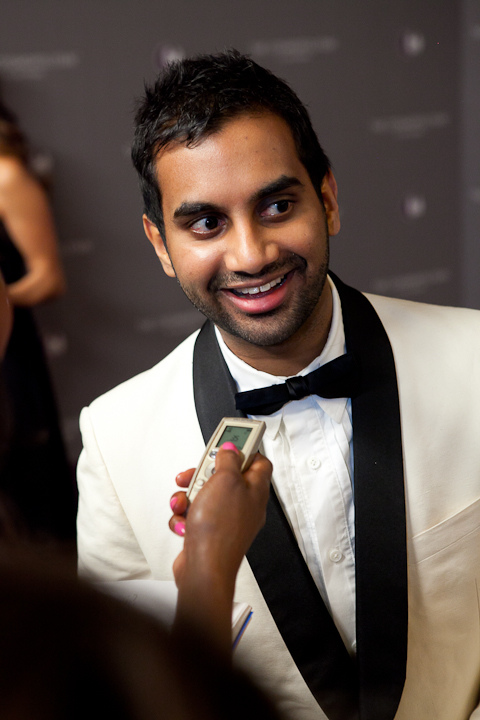Although it was only released a few months ago, Netflix’s new series “Master of None” has garnered a volume of appraisal leveled to no other in 2015. Co-created and produced by comedic “Parks and Recreation” star Aziz Ansari, “Master of None” follows protagonist Dev (played by Ansari), a 30-year-old actor, through his daily triumphs and travails as he seeks his big break in New York City. The show deftly portrays a range of topics, from the hard reality of aging out of your wild early 20s into the quieter suburban adult lifestyle to dealing with parental attachment as you get older.
However, perhaps the most pertinent issue Ansari ingeniously touches on in the series is the portrayal of Indian Americans (and for that matter, minorities in general) in American television.
As a child born and raised in America by two Indian-immigrant parents, finding Indians on television was always somewhat of a novelty to me. Like most other kids born in the late ‘90s, I would come home from school and flip through Disney Channel and Nickelodeon, settling on sitcoms or cartoons to watch. Initially, I would question why there was no one with my complexion on “Drake and Josh” or “Rugrats.” Over time, I simply grew accustomed to it.
On the off chance that an Indian character would pop up in a TV show, they usually had a very one-dimensional and stereotypical role. The characterization of Indian men on television often centralizes on their thick accents or heavily studious, anti-social nature, exemplified by popular characters like Raj from “The Big Bang Theory” and every male from the NBC sitcom “Outsourced.”
Similarly, the roles of Indian female characters are usually relegated to the concept of “exotic” women with a plotline revolving around their ethnicity no matter how developed or interesting their character profiles are. An example is Cece from the TV sitcom “New Girl.” On an episode-to-episode basis, many jokes (often disparaging in nature) are made about Cece’s ethnicity, but her character barely even bats an eye at them.
Stereotypical minority roles are common in mainstream media, but there have been several breakthroughs in the last few years. South-Asian women, such as Mindy Kaling and Priyanka Chopra, have broken stereotypes set in the past by nuancing the previously one-dimensional definition of Indians through their work on “The Mindy Project” and “Quantico,” respectively.
Instead of completely whitewashing the actresses’ backgrounds or forcing them into stereotyped caricatures, both shows illustrate each character’s complex identities and allow the viewers to interpret the characterization for themselves. Ansari’s work in “Master of None” takes further steps to break these boundaries by not only exposing the racism Ansari has experienced as an Indian actor in Hollywood, but also by illustrating the practical inconveniences of being a minority trying to find success in the entertainment industry.
These shows demonstrate that it is possible to create a successful, poignant and nuanced series without compensating for ethnic identity. To me, progress is not just having more Indian-American actors on television – true progress comes when these Indian actors can actually be defined by their intricate, disparate and full-fledged personalities rather than buried under exaggerated ethnic stereotypes.







